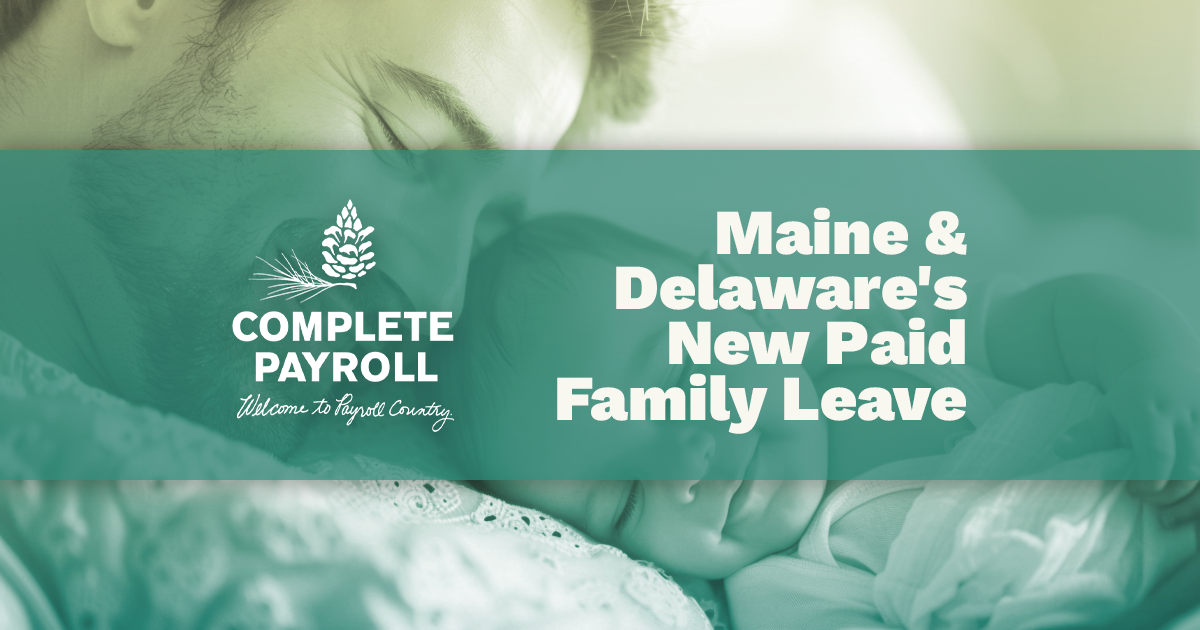Federal Harassment Law
Overview of Law
Harassment is a form of employment discrimination that violates Title VII of the Civil Rights Act of 1964, the Age Discrimination in Employment Act of 1967, (ADEA), and the Americans with Disabilities Act of 1990, (ADA).
Harassment is unwelcome conduct that is based on race, color, religion, sex (including pregnancy), national origin, age (40 or older), disability, or genetic information. Harassment becomes unlawful where 1) enduring the offensive conduct becomes a condition of continued employment, or 2) the conduct is severe or pervasive enough to create a work environment that a reasonable person would consider intimidating, hostile, or abusive. Anti-discrimination laws also prohibit harassment against individuals in retaliation for filing a discrimination charge, testifying, or participating in any way in an investigation, proceeding, or lawsuit under these laws; or opposing employment practices that they reasonably believe discriminate against individuals, in violation of these laws.
Petty slights, annoyances, and isolated incidents (unless extremely serious) will not rise to the level of illegality. To be unlawful, the conduct must create a work environment that would be intimidating, hostile, or offensive to reasonable people.
Offensive conduct may include, but is not limited to, offensive jokes, slurs, epithets or name-calling, physical assaults or threats, intimidation, ridicule or mockery, insults or put-downs, offensive objects or pictures, and interference with work performance. Harassment can occur in a variety of circumstances, including, but not limited to, the following:
- The harasser can be the victim's supervisor, a supervisor in another area, an agent of the employer, a co-worker, or a non-employee.
- The victim does not have to be the person harassed but can be anyone affected by the offensive conduct.
- Unlawful harassment may occur without economic injury to, or discharge of, the victim.
Prevention is the best tool to eliminate harassment in the workplace. Employers are encouraged to take appropriate steps to prevent and correct unlawful harassment. They should clearly communicate to employees that unwelcome harassing conduct will not be tolerated. They can do this by establishing an effective complaint or grievance process, providing anti-harassment training to their managers and employees, and taking immediate and appropriate action when an employee complains. Employers should strive to create an environment in which employees feel free to raise concerns and are confident that those concerns will be addressed.
Employees are encouraged to inform the harasser directly that the conduct is unwelcome and must stop. Employees should also report harassment to management at an early stage to prevent its escalation.
Employer Liability
The employer is automatically liable for harassment by a supervisor that results in a negative employment action such as termination, failure to promote or hire, and loss of wages. If the supervisor's harassment results in a hostile work environment, the employer can avoid liability only if it can prove that: 1. it reasonably tried to prevent and promptly correct the harassing behavior; and 2. the employee unreasonably failed to take advantage of any preventive or corrective opportunities provided by the employer.
The employer will be liable for harassment by non-supervisory employees or non-employees over whom it has control (e.g., independent contractors or customers on the premises) if it knew, or should have known about the harassment and failed to take prompt and appropriate corrective action.
When investigating allegations of harassment, the EEOC, state civil rights divisions, and court of law will look at the entire record, including the nature of the conduct, and the context in which the alleged incidents occurred. A determination of whether harassment is severe or pervasive enough to be illegal is made on a case-by-case basis.
An assortment of Federal Acts that have been put into place that make workplace discrimination and harassment unlawful if it is based on race, color, age (over 40), sex, pregnancy, religion, disability, national origin, ethnic background, genetic information (including that of family members), military service, or citizenship or immigration status. See the general overview of the federal Equal Employment Opportunity laws here.
Got a labor law question?
Our team helps employers with labor law compliance every day. Complete the form below to ask a question or request some help.
General Disclaimer
The materials and information available at this website and included in this blog are for informational purposes only, are not intended for the purpose of providing legal advice, and may not be relied upon as legal advice. The employees of Complete Payroll are not


















